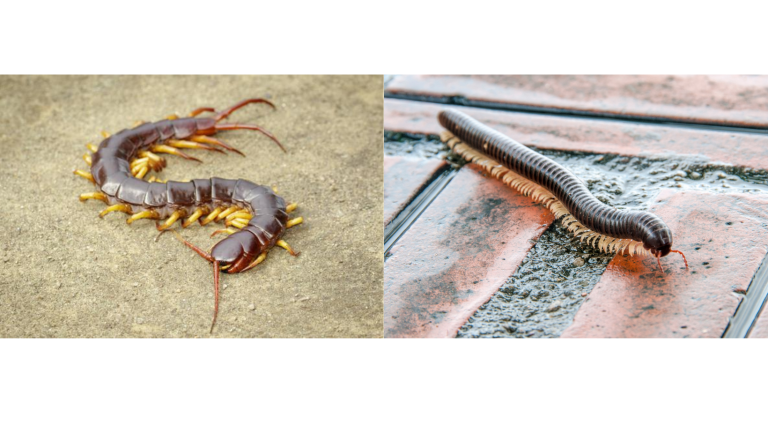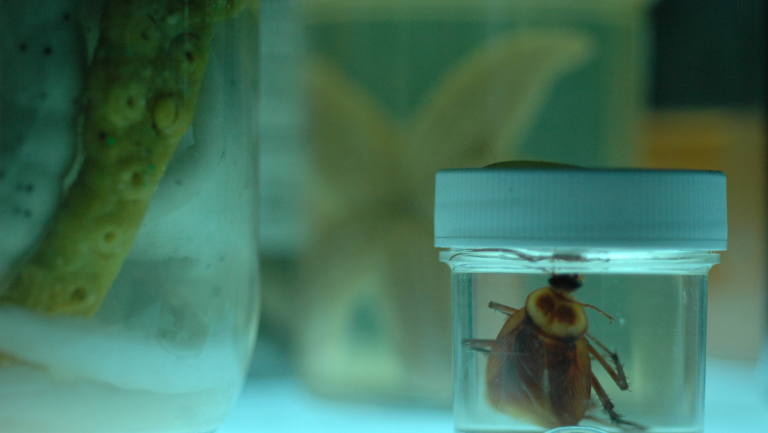How to Get Rid of Mold in Toilet ?
What is a toilet mold?
Just like all molds toilet mold is a fungus that thrives in a warm, moist, and dark environment. It’s not just one type of mold; there are various molds that can reside in your toilet.
Have you ever lifted the lid of your only to see a ring of black mold? Or maybe you visited your friend but couldn’t use the toilet because of the toilet mold just under the rim of the bowl. It’s an eyesore and irritating but it’s quite common. It is easy to remove and prevent.
What color is toilet mold?
It comes in a lot of colors. But black toilet mold is the most rampant color that forms a ring in your toilet. This ring can also be from green mold and grey mold. Orange or pinkish slimy mold can also develop around the toilet bowl at the spot where the top of the water sits in a bowl.
What causes toilet mold?
Bathrooms have higher humidity levels which make it easier for airborne mold spores to take root in a toilet bowl since it’s often left open. Another great environment for mold is stagnant water. Toilets that are also used frequently and not flushed greatly attract molds more than those that are flushed many times a day. Your toilet tank has mold growth, and then it is passing those mold spores into your toilet bowl. You can have a moldy toilet bowl without having a moldy toilet tank.
Why is mold growing in the toilet bowl?
- Organic surfaces such as the tank’s walls and hard water deposits help to attract these molds in to the bowl and it serves as a nutrient source to these molds.
- What you put in the toilet can increase the likelihood of mold growth. The PH of urine and body chemicals found in your faeces can all affect whether or not a toilet bowl grows mold. There is a great connection with mold growth and diabetes, mold loves sugar. When a person has diabetes that is uncontrolled, there will be reaction in the body due to decreased ability to process glucose by essentially dumping it via urine and sweat. The glucose-rich fluid serves as food for mold.
- There could be black mold in the water supply from the pipes or tank. If this is the situation, the mold will re-establish itself every time you flush the toilet. Rust on the pipes can also cause condensation which leads to black mold.
- If there are cracks in the ceramic of your toilet, these cracks give black mold a place to stick, grow and flourish.
Why does mold grow in the toilet tank?
Typically mold grows in the toilet tank and not the bowl is due to the infrequent use. It gets warm in the toilet tank which sets a breeding ground for mold. Moreover, the chlorination that helps kill mold will go down due to the toilet not being flushed. If you find mold underneath the toilet tank is because you have a worn-out washer. The washer isn’t effective sealing and the water is slowly dripping out and running along the bottom of the tank. Replace the washer by calling a plumber immediately.
Is a ring in the toilet the same as mold in the toilet?
It’s not always the same, a red rust or brown colored ring forms from calcium and magnesium mineral deposits that come from your water. If you scrub the inside of your toilet and can’t get it clean, then it’s a hard water stain not really mold. The mineral deposit has found its way into the porcelain making it near impossible to remove.
Is toilet mold dangerous?
It can be dangerous if it appears within a day or two of you cleaning your toilet. This usually means that you have a larger mold issue in your home. Toilet mold can lead to a wide variety of health issues just like any other mold, especially in those people who are allergic to mold or already dealing with one health issue or the other.
What are the best ways to remove toilet mold?
Because toilets are made of glazed porcelain, removing mold from them is usually very easy. Please don’t use bleach to clean mold, and don’t also use a pumice stone to scrub the inside of your toilet. It damages the porcelain. Since mold can be dangerous to your health, make sure that you are wearing a mask, eye protection, and gloves before using one of these methods to remove mold from the toilet bowl or tank.
You have to steam clean it, burst out your handheld steam cleaner, and steam the mold right out of your toilet. This is how to do it:
- Place the angle nozzle attachment on the hose of your steam cleaner. This is the steam cleaner I use.
- Steam the toilet bowl and underneath the rim at high pressure to loosen the stains.
- Direct more steam on the hinges and the toilet seat edges to loosen rust on screws.
- Using the stream setting on a spray bottle filled with vinegar; wash off the loosened dirt into the toilet bowl.
- Flush the toilet.
- If you still see mold, repeat this process a second time.
- When the entire toilet mold is removed, wipe off any remaining drops of water or steam with a microfiber cloth.
Another effective way to remove mold from the toilet bowl
EC3 laundry additive method
Using EC3 mold solution concentrate works very well. The laundry additive withstands agitation in the washing machine as well as a high volume of water.
- Fill a small spray bottle with EC3 laundry additive.
- Pour 1/2 cup of EC3 laundry additive into the toilet.
- Spray the EC3 under the rim.
- Let the laundry additive sit in the toilet for an hour or more with the lid closed.
- After an hour, scrub the mold with a toilet brush or similar non-abrasive material. You want to move the water around the bowl and brush really well under the rim.
- Let the toilet sit again for about 15 minutes with the lid closed.
- Flush the toilet
- Still see some mold? Scrub any remaining mold stains with a toilet brush or similar non-abrasive material.
- After you are mold free, let the toilet sit with the lid closed for 3-5 hours before using it again.







